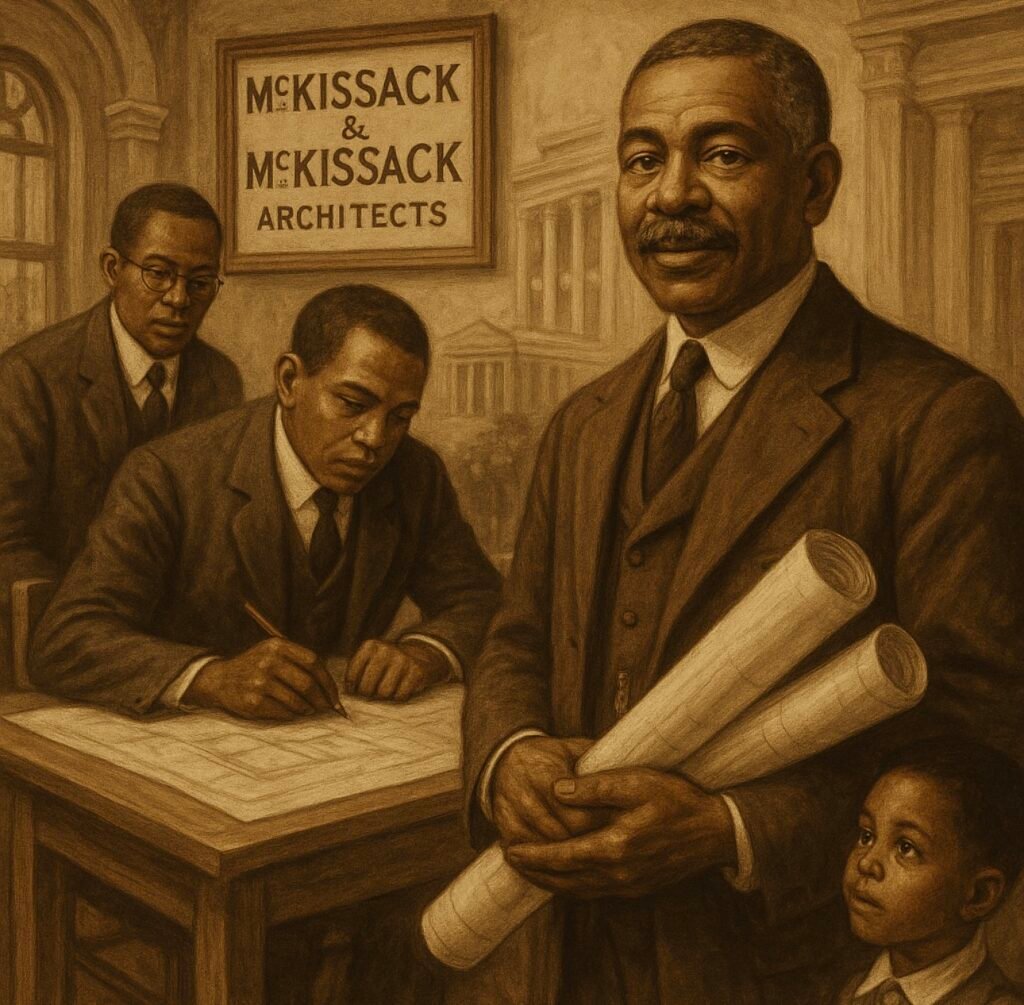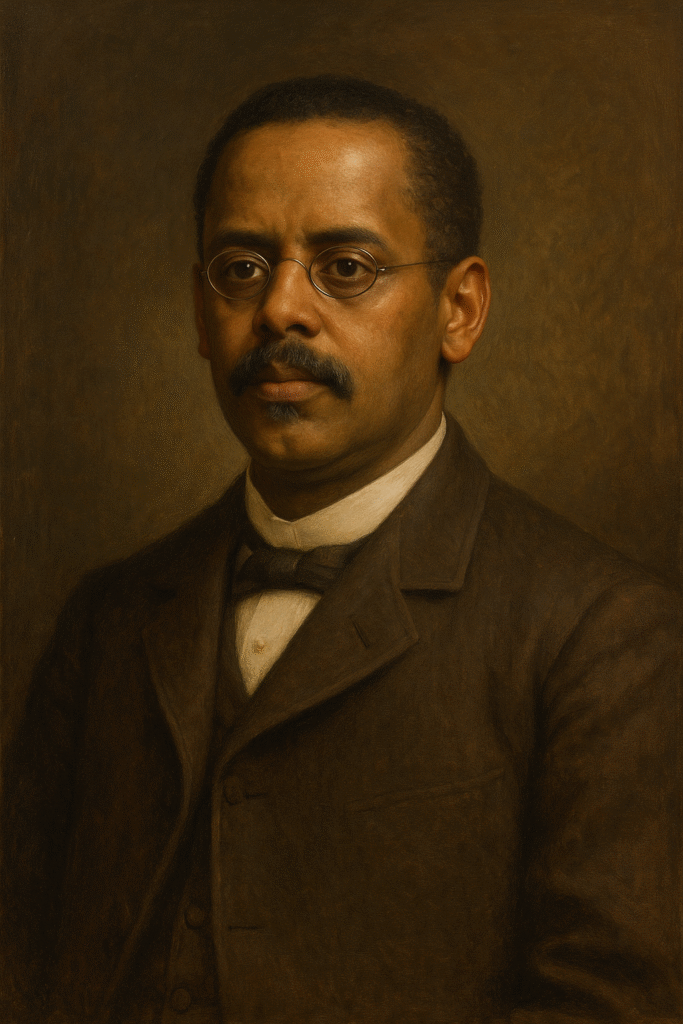Foundation and Early Years
Freeman’s Saving Bank was established in 1865, at a pivotal moment in American history marked by the aftermath of the Civil War and the emancipation of African Americans. The founding of the bank was motivated by a pressing need to provide financial services to freedmen, enabling them to manage their finances and build economic stability in the newly opened avenues of opportunity. Recognizing the unique challenges faced by African Americans during this period, the founders aimed to create an institution that would not only facilitate savings but also promote financial literacy and empowerment.
The bank was founded by a group of prominent African American leaders, including Frederick Douglass, who played a vital role in advocating for the financial independence of freed slaves. Their mission was to offer a safe place for the African American community to deposit their earnings, encouraging saving habits among those who were often denied access to traditional banking services. Freeman’s Saving Bank was not simply a financial institution; it was a beacon of hope for many who aspired to achieve prosperity amid the socio-economic challenges of the time.
In its early years, Freeman’s Saving Bank enjoyed significant successes, attracting a diverse clientele from the freedmen community. Customers ranged from laborers to skilled artisans, all seeking a dependable means of managing their finances. The bank’s commitment to serving African Americans garnered it a reputation as a progressive financial institution, one that supported the notion of self-sufficiency and economic growth within the community. Initial financial growth was encouraging, with a steady influx of deposits that reflected the trust the African American community placed in Freeman’s. This trust was fundamental to establishing a foundation for economic progress, making the bank an essential component of the post-war economic landscape.
Growth and Expansion
Freeman’s Saving Bank experienced significant growth and expansion during its early years, particularly in the aftermath of the Civil War. Established in 1865 under the guidance of prominent figures such as Frederick Douglass and other abolitionists, the bank aimed to provide financial services to the African American community. As the country witnessed the Reconstruction era, the bank’s mission became vital in fostering economic empowerment and financial independence among newly freed individuals.
During this period, Freeman’s Saving Bank expanded its services to include savings accounts, loans, and investment opportunities tailored to meet the economic needs of its clientele. The establishment of multiple branches across urban centers further facilitated access to banking services for African Americans. This geographical expansion was critical in promoting financial literacy, as the bank implemented outreach programs designed to educate clients about basic banking concepts, budgeting, and investment strategies. These initiatives sought to equip individuals with the knowledge necessary to navigate an often-complicated financial landscape.
Moreover, Freeman’s Saving Bank played an integral role in addressing the financial challenges faced by African Americans during Reconstruction. By offering favorable savings plans and accessible loan options, it helped families improve their socioeconomic status, which had long-term benefits for the community. Strategic partnerships with organizations and social leaders galvanized efforts to promote stability and trust in banking, helping to solidify the bank’s reputation among its target demographic.
Notable figures, such as Douglass, not only served as bank officials but also as advocates for financial education. Their influence helped establish Freeman’s Saving Bank as a cornerstone institution within the African American community, leading to a surge in deposits, increased financial awareness, and a growing network of stakeholders committed to uplifting their community through sound economic practices.
Challenges and Decline
The decline of Freeman’s Saving Bank in the late 1870s can be attributed to a combination of systemic challenges, economic factors, and mismanagement. Established in 1865 to serve the financial needs of the African American community, the bank initially experienced significant growth. However, several issues soon emerged that jeopardized its stability and led to its eventual downfall.
One critical factor contributing to the bank’s struggles was the broader economic climate during this period, particularly the Panic of 1873. This financial crisis, which was primarily caused by the over-speculation in railroads and a subsequent crisis in the banking sector, precipitated a contraction in the economy. The subsequent recession exerted tremendous pressure on financial institutions, including Freeman’s Saving Bank. As defaults on loans increased and depositors withdrew their funds, the bank faced severe liquidity issues, undermining its financial viability.
In addition to external economic pressures, mismanagement played a significant role in the bank’s decline. The leadership of Freeman’s Saving Bank was often criticized for its lack of prudent financial practices. The bank’s investment strategies were overly ambitious, leading to excessive exposure to high-risk ventures that ultimately did not yield the expected returns. Coupled with these financial missteps was a lack of effective oversight, which further compounded the bank’s vulnerabilities.
Key events, such as the bank’s failure to secure adequate capital and the growing distrust among its depositors, culminated in a perfect storm that signaled the decline of Freeman’s Saving Bank. As the late 1870s progressed, stories of insolvency began to surface, causing panic among customers and leading to a rapid decline in deposits. The combination of economic turmoil and internal mismanagement ultimately resulted in the bank’s closure in 1874, marking the end of an institution that had once held great promise for the African American community it served.
Legacy and Impact
Freeman’s Saving Bank, established in 1865, holds a significant place in American history, particularly concerning the economic empowerment of the African American community following the Civil War. Its mission was to provide a safe repository for the savings of newly freed slaves, an idea rooted in the belief that financial security was essential for true independence. Despite its eventual failure in 1874, the legacy of Freeman’s Saving Bank continues to resonate through various contemporary banking practices and movements aimed at serving underserved populations.
The bank’s approach to financial services was revolutionary at the time, prioritizing trust and accessibility for individuals who had been historically marginalized by traditional banking institutions. Its efforts fostered a sense of financial literacy and responsibility within the African American community, encouraging members to save and invest their resources. This foundational work in creating economic awareness paved the way for future initiatives aimed at expanding financial access. Notably, the establishment of credit unions, community banks, and various non-profit financial education programs can trace their ideals back to the principles set forth by Freeman’s Saving Bank.
Today, numerous organizations inspired by Freeman’s mission focus on uplifting low-income communities and promoting economic inclusivity. Institutions like the National Bankers Association work to enhance access to banking services for African Americans and other communities of color. Furthermore, movements advocating for financial reform highlight the importance of systemic change in the banking industry, drawing lessons from the historical context of banks like Freeman’s. By recognizing the challenges faced by underserved populations, these contemporary efforts aim to rectify past injustices and promote equitable financial practices.
In conclusion, Freeman’s Saving Bank serves as a critical reminder of the intersections between race, economics, and banking in America. Its legacy extends beyond its operational years, continuing to influence modern financial practices aimed at fostering empowerment and equality within historically marginalized communities.











